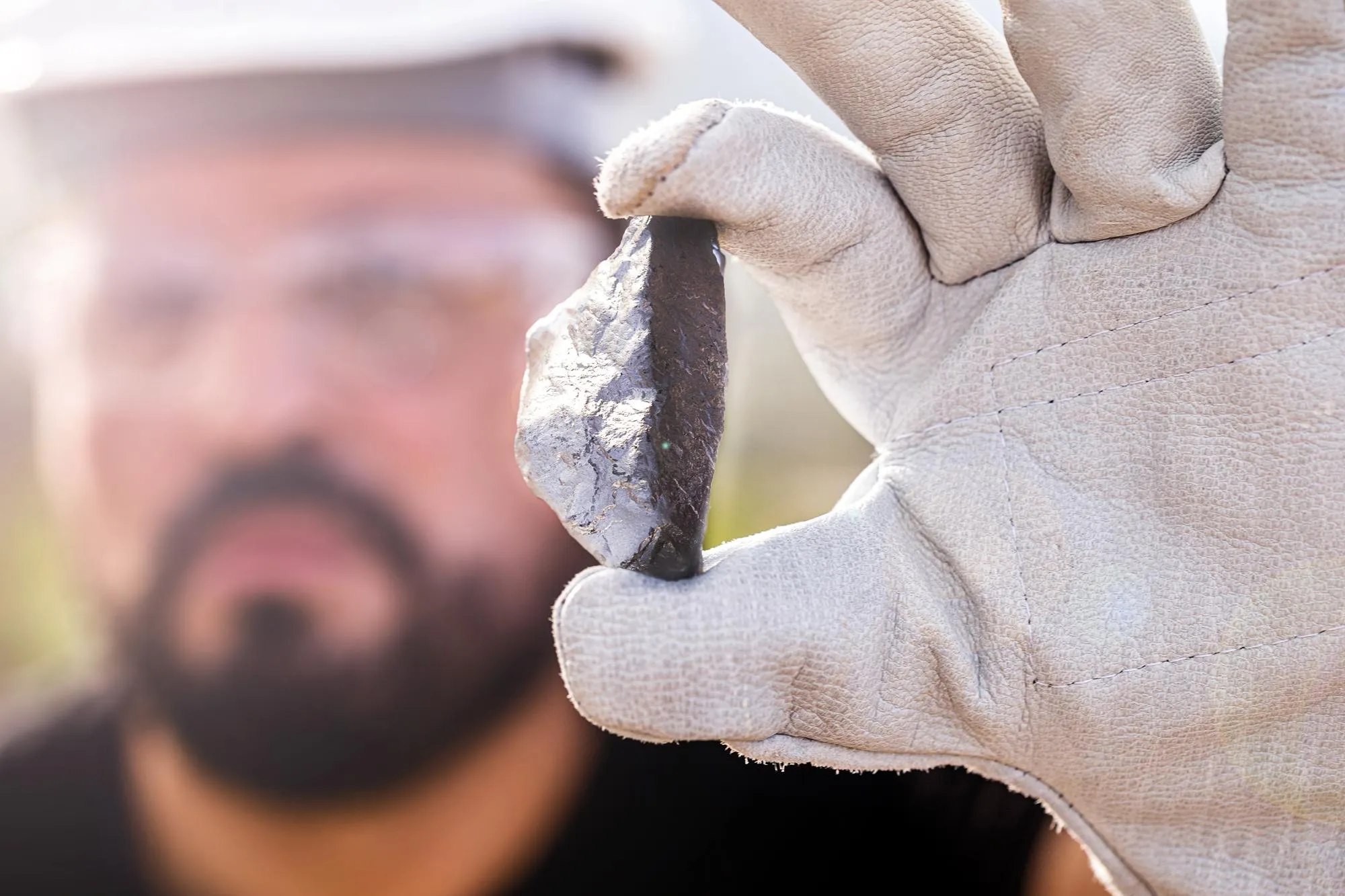In recent years, several advancements in the construction industry have highlighted the necessity for comprehensive evaluation of cementitious materials to ensure infrastructure longevity. Among such evaluations, accurately gauging the pore size distribution within cementitious materials is crucial to grasp their durability, strength, and overall performance. The conventional method, Mercury Intrusion Porosimetry (MIP), has encountered criticism owing to its inaccuracy due to the ink-bottle effect. However, a novel variation of this technique, Pressurization-Depressurization Cycling Mercury Intrusion Porosimetry (PDC-MIP), has emerged as a groundbreaking solution to obtaining more precise characterizations of pore structures. The insightful research conducted by Yong Zhang et al., published on May 5, 2019, in the journal ‘Materials (Basel, Switzerland)’, provides a deeper understanding of this innovative method. This article delves into the study’s findings and its implications for the industry.
DOI: 10.3390/ma12091454
Novel Insights into Pore Size Distribution
The study, entitled “Ink-Bottle Effect and Pore Size Distribution of Cementitious Materials Identified by Pressurization-Depressurization Cycling Mercury Intrusion Porosimetry,” focuses on the application of PDC-MIP to analyze the pore structures of various cementitious pastes with curing times spanning from 28 to 370 days. Findings from this method indicate a more accurate estimation of pore size distribution compared to standard MIP. What’s more, these assessments reveal bimodal pore size distributions, irrespective of paste age. This critical information on pores ranging from 0.01 to 0.5 µm, which contribute to the capillary porosity of the materials, is significantly influenced by water-binder ratios and additives like fly ash and limestone powder.
The Limitations of Conventional MIP
MIP has been a long-standing technique in material science for pore structure analysis. However, it falls short owing to the ink-bottle effect, a phenomenon where mercury can easily intrude into large pores but cannot access smaller connecting pores, leading to an inaccurate measurement. As such, the calculated pore size distributions tend to overestimate the number of large pores while undervaluing the smaller ones. The research by Zhang and his team zeroes in on this critical issue and paves the way for more reliable pore characterization.
Overcoming the Ink-Bottle Effect with PDC-MIP
The ink-bottle effect is skilfully tackled through PDC-MIP. By adopting a cyclic methodology of pressurization and depressurization during mercury intrusion, the distinction between ink-bottle (large) and throat (small connecting) pores is clarified. This refined approach allows for a better understanding of the role these pores play in the material’s behavior, shedding light on critical factors such as permeability, strength, and resistance to environmental factors.
Implications for the Construction Industry
The research’s implications extend beyond the laboratory; they resonate powerfully within the construction industry. An accurate grasp of pore distribution allows engineers, architects, and material scientists to predict the long-term performance of concrete structures better, thereby constructing more resilient buildings and infrastructure. This advancement can lead to more sustainable practices, as it provides insights into how different mixtures and curing times affect longevity and quality.
Supporting Studies and References
The significance of Zhang et al.’s work is further underpinned by previous research in the field, including foundational studies on the physical properties of cement pastes, the evolution of cement microstructures, and advancements in MIP analysis.
Jennings H.M. in Cem. Concr. Res. 2008;38:275–289 highlights refinements in colloid models of C-S-H in cement, which is foundational in analyzing pore structures (DOI: 10.1016/j.cemconres.2007.10.006).
Another critical contribution is from Powers T.C. and Brownyard T.L. whose studies examined water fixation in cement paste, illuminating aspects of pore formation and distribution (J. Am. Concr. Inst. 1946;18:249–303).
Further elucidation on the limitations of conventional MIP is provided by Diamond S. in Cem. Concr. Res. 2000;30:1517–1525, who argues against its use for measuring pore size distributions in cement-based materials due to the ink-bottle effect (DOI: 10.1016/S0008-8846(00)00370-7).
Additionally, research on pressurization-depressurization cycling by Zhou J., Ye G., and van Breugel K. in Cem. Concr. Res. 2010;40:1120–1128 offers a precursor to Zhang et al.’s study, revealing critical aspects of the PDC-MIP technique (DOI: 10.1016/j.cemconres.2010.02.011).
Lastly, insights into advancements in computational modeling provided by Van Breugel K.’s Ph.D. thesis (Delft University of Technology, Nov 1991) illustrate the importance of simulation for understanding material properties.
Keywords
1. Cementitious pore size distribution
2. Ink-bottle effect
3. Mercury intrusion porosimetry
4. Pressurization-depressurization cycling
5. Concrete longevity
In conclusion, the detailed understanding and innovative methodology displayed in Zhang et al.’s study are integral steps towards a more sustainable and enduring built environment. The adoption of PDC-MIP heralds a new era in material science where precision paves the way for resilience. As we continue to advance in our material capabilities, it becomes clear that the future of construction rests not just on what we build, but on the profound understanding of the materials we use to build with.
